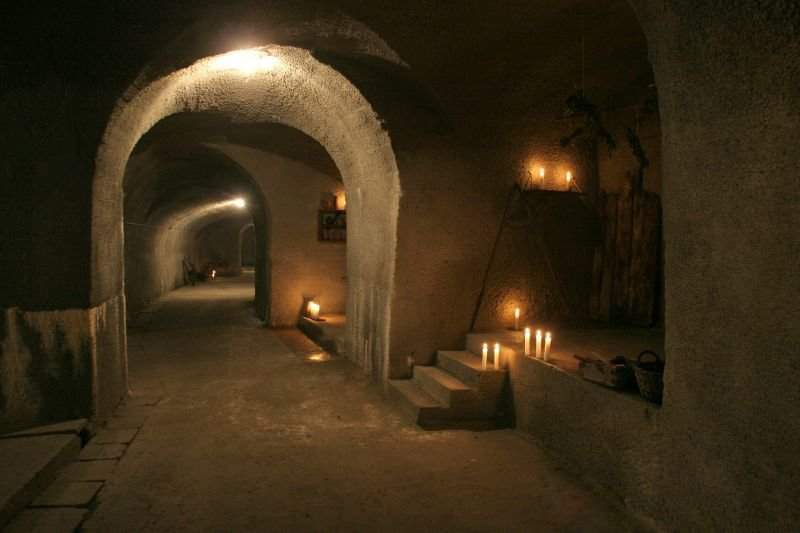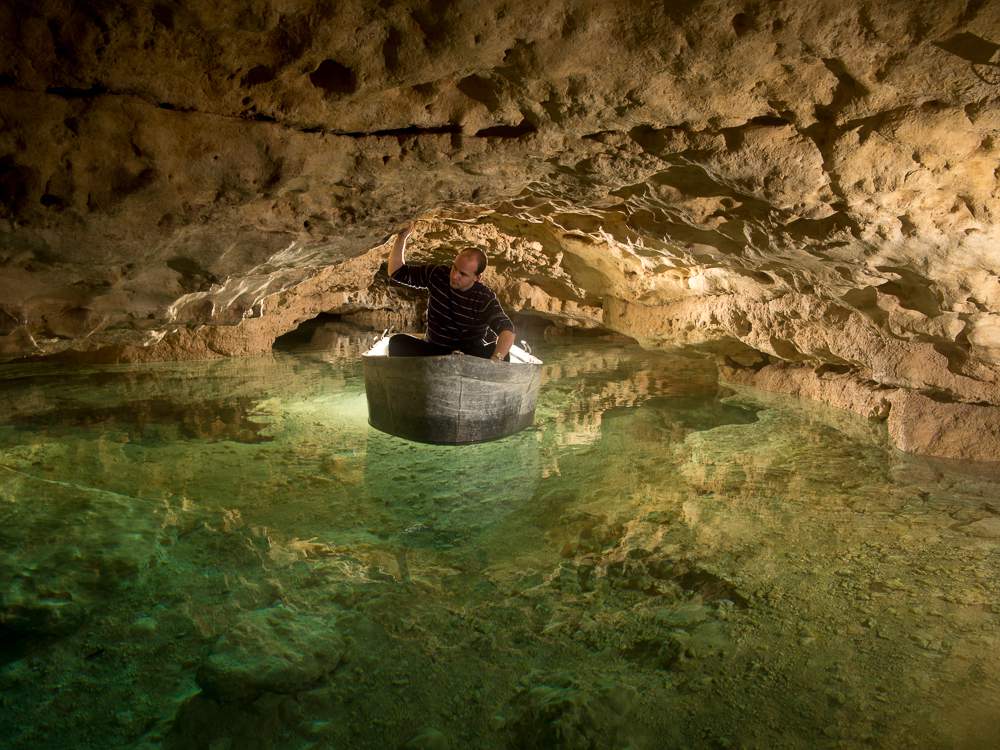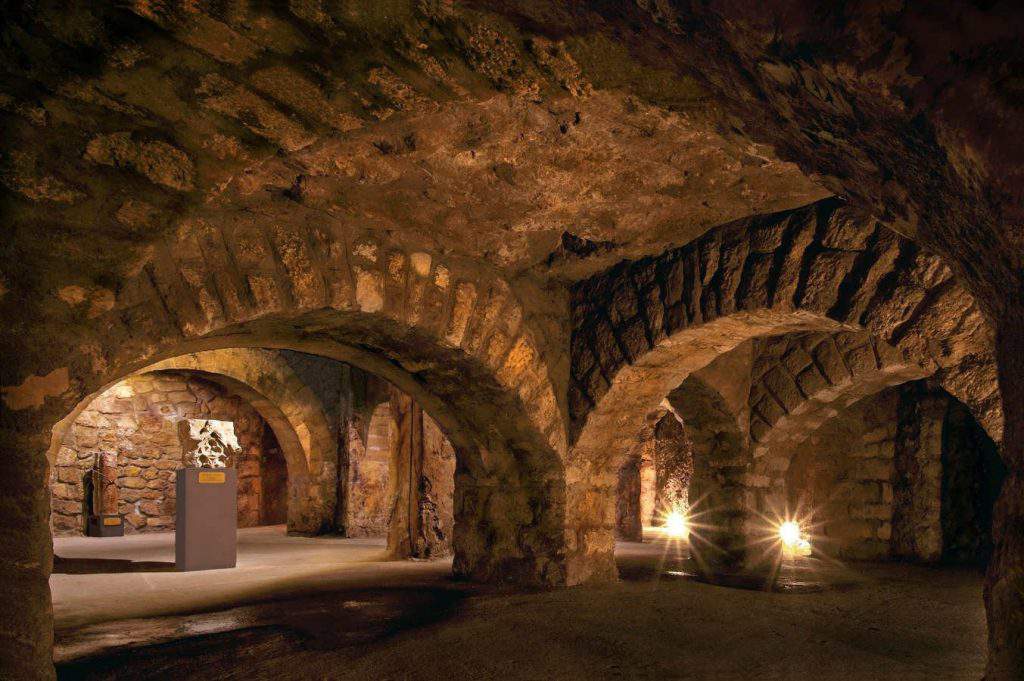Underground treasures: 4 amazing attractions of Hungary below the surface

There are several underground attractions in Hungary that transport us to a mysterious, unknown world. Femcafe.hu has collected 4 must-see sights under the surface which are great choices whether you’re interested in history, geography or just want to escape the summer heat.
Town under the town: the Archbishop’s Cellar in Eger
The entrance to the former diocesan cellar system is located at the foot of the Basilica of Eger. The Archbishop’s Cellar was chosen as one of the seven wonders of Hungary. The cellar was created by bishop György Fenessy who mined tuff to build the Archbishop’s Palace. The 3 km long cellar system was used as a wine storage for a long time, then after WWII, it was forgotten and became dangerous. In the 70s, they attempted to restore it by strengthening it with a metal structure and giving it a concrete floor, but water was still seeping in, creating beautiful limestone formations. Today, the tunnel hosts an exhibition about the history of the city. A tour of the cellar takes 40-50 minutes, and visitors are advised to dress warmly as temperatures underground drop to 12 degrees Celsius.

The Lake Cave of Tapolca
The Lake Cave of Tapolca is the only cave in Hungary which can be explored by a boat. The cave was created by thermal water, and only discovered in 1903. Altogether 200 metres of the 3 km long cave system can be explored by boat. The water is approximately 20 degrees and 70-120 cm deep. Above the cave, a 10-room visitor centre completes the experience. The visitors centre opened in 2015, and it houses an exhibition on the unique karst formations and caves of the area. (bfnp.hu)

[button link=”https://dailynewshungary.com/largest-cave-bath-central-europe-hungary-atiras-alatt/” type=”big” color=”red” newwindow=”yes”] The largest cave bath of Central Europe is in Hungary[/button]
Early Christian Mausoleums, Pécs
The Early Christian Mausoleums are located near the Cathedral of Pécs. The necropolis was established in the 4th century and it was the burial ground of the early Christian residents of the city. The memorial became a UNESCO World Heritage Site in 2000. The exploration of the mausoleums has been going on for over 200 years, so far archaeologists have found 16 mausoleums, several hundred tombs and various Roman items.

Labyrinth of Buda Castle, Budapest
The welling up of thermal water created these caverns in the limestone of Buda. Later, they were used as wine cellars and to store produce, but the 2- and 3-storey underground tunnels were forgotten after a time. They were rediscovered in the 19th century, and the labyrinth opened to the public in 1935. It was used as a shelter during WWII, then over the next few decades, it was opened and closed several times. In 1983, it was opened as the Labyrinth of Buda Castle, housing waxworks and exhibitions on 10 thousand square metres. In 2011, it was closed, and it reopened again in 2016.

Cover Photo: www.facebook.com/tavasbarlang.latogatokozpont
Ce: bm
Source: femcafe.hu






[…] Download Image More @ dailynewshungary.com […]